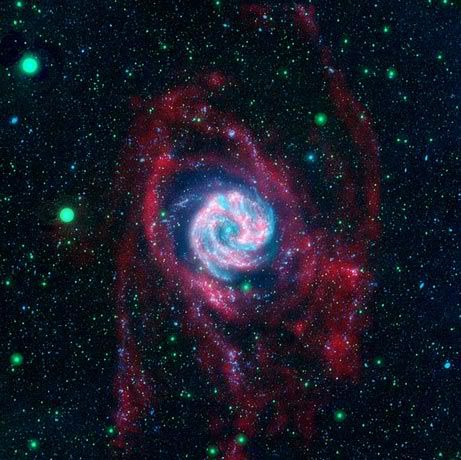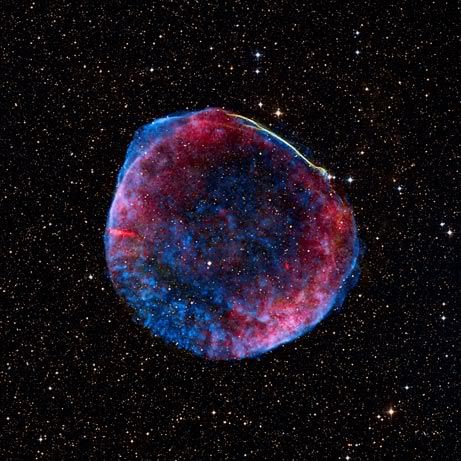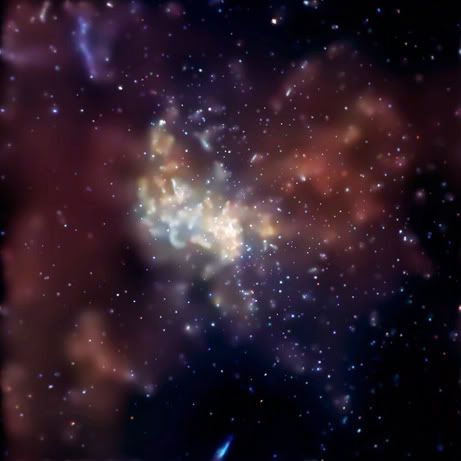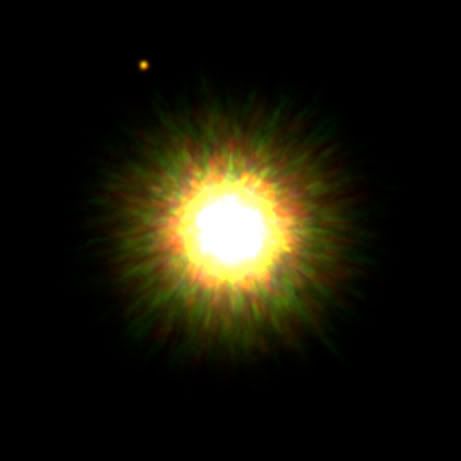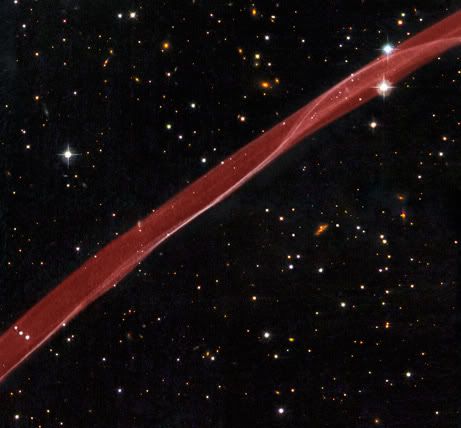1. Venus, Jupiter, Moon Smile on Earth
Thượng đế đã nở nụ cười xuống địa cầu vào ngày 1 tháng 12. Đây là một trong những tấm hình về không gian đăng trong National Geographic News được xem nhiều nhất năm 2008. Nét cười này là kết quả giao hội của các hành tinh Vệ nữ (Venus,) Mộc tinh (Jupiter) và Mặt trăng (Moon,) được chiếu sáng ở Manila thuộc Philippines. Những dân ở vùng châu Á đã thấy nụ cười, nhưng ở Mỹ thì chỉ nhìn thấy một hình tượng nhăn mặt.
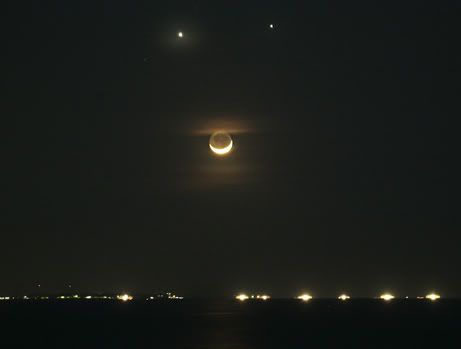
—Photograph by Bullit Marquez/AP
2. First Picture of Alien Planet Orbiting Sunlike Star? NASA scientists might have been yodeling for joy in March when they saw the first-ever picture of active landslides occurring on Mars.
Snapped by the Mars-orbiting HiRISE camera, billowing clouds of dust revealed the action at the base of a towering slope near the red planet's north pole.
"It's great to see something so dynamic on Mars," HiRISE team member Ingrid Daubar Spitale noted at the time. "A lot of what we see there hasn't changed for millions of years."
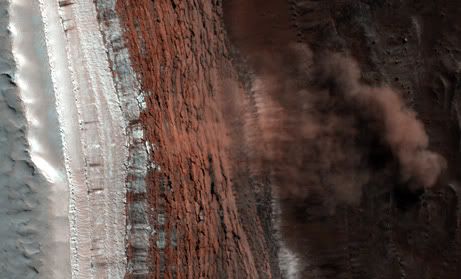
—Image courtesy NASA/JPL-Caltech/University of Arizona
3. Gamma-Ray Burst Visible to Naked Eye In March scientists detected an interstellar explosion so bright that it was briefly visible to the naked eye—from 7.5 billion light-years away.
Images captured by NASA's Swift satellite show two views of the unusual gamma-ray burst, an outpouring of high-energy radiation and particles thought to follow the collapse of a massive star.
The burst crushed the previous record holder for most distant object visible without assistance—the galaxy M33—by three orders of magnitude.

—Images courtesy NASA/Swift/Stefan Immler, et al.
4. NEW JUPITER IMAGE: Sharpest View Ever From Earth Jupiter looks sharp in the crispest whole-planet picture of the gas giant ever shot from Earth, released in October.
The picture was taken using a computer-assisted process that adjusts for distortions caused by Earth's atmosphere, allowing a ground-based telescope in Chile to snap shots rivaling those taken from space, astronomers said.
In Jupiter's case, the result shows features as small as 180 miles (300 kilometers) across.
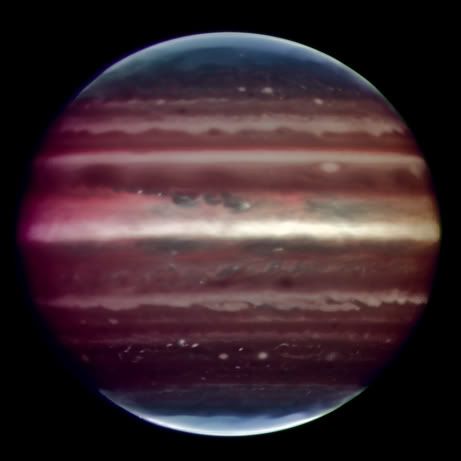
—Image courtesy ESO
5. New Hi-Res Views of Mars's ''Fear'' Moon Unveiled In April the Mars-orbiting HiRISE camera caught new high-resolution snapshots of Phobos, a Martian moon named for the Greek god of horror.
The tiny moon's most prominent feature is Stickney Crater, pictured above in false color. The impact that created Stickney is thought to have almost shattered the roughly 17-mile-wide (27-kilometer-wide) moon.
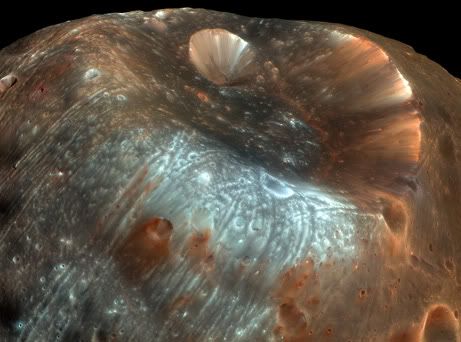
—Image courtesy NASA/JPL/University of Arizona
(còn tiếp)